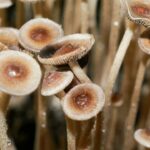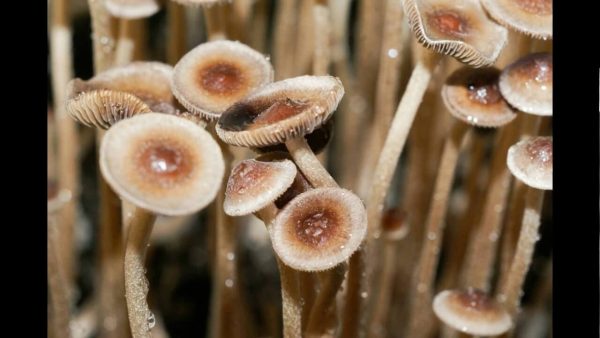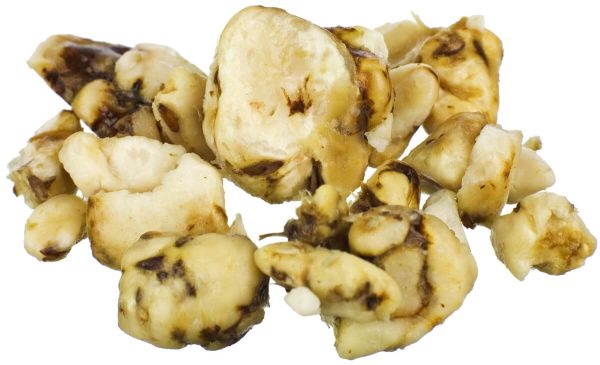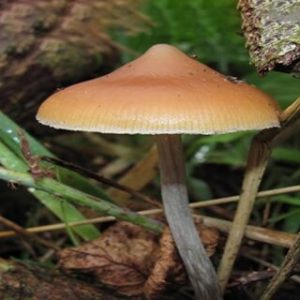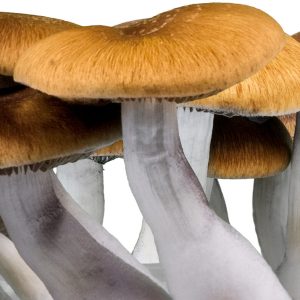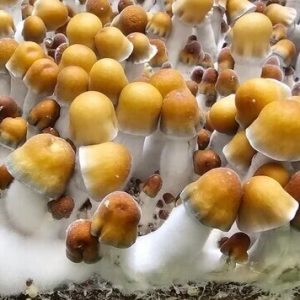Tampnensis Beulah
€11.99
Why Liquid Culture Outperforms Spores: Liquid culture offers faster and more reliable germination compared to spores, with more consistent growth patterns and higher success rates. Ready-to-use cultures eliminate the waiting period typically required for germination and allow better control over strain genetics and characteristics, significantly reducing contamination risks.
Exceptional Purity and Quality Control: Our liquid cultures are produced under rigorous quality controls to maintain high concentrations and reliable integrity, delivering consistency and high standards with every product.
Isolated and Stable Varieties: Each culture is carefully isolated and genetically stabilized, ensuring consistent and repeatable results, which is why our products are trusted by dedicated researchers and enthusiasts.
Sterile and Long-Lasting: Packaged in sterile syringes for secure handling, our liquid cultures have an extended shelf life, often lasting over a year, compared to the typical three-month span of standard options.
Key Benefits:
✓ One 10ml syringe can inoculate 5+ bags
✓ 12+ months shelf life when properly stored
✓ Premium sterilized packaging
✓ Expert quality control
✓ Fast worldwide shipping
✓ Discreetly packaged
✓ Professional customer support
10ML High-Quality Liquid Culture
-
Description
-
Parameters
Genetic Background
Tampanensis is a unique strain first discovered in Florida in 1977. It has gained recognition for its adaptability and is well-regarded in research due to its ability to produce both fruiting bodies and resilient growth. This strain is especially popular for studies into cognitive enhancement and its use in mindfulness research.
Potency
Tampanensis offers a balanced and mild experience, promoting introspection and mental clarity. Its effects are generally gentle, making it a good choice for those interested in a meditative, mindful exploration. Researchers often explore its potential for enhancing cognitive focus and emotional well-being.
Growth Characteristics
This strain is considered relatively easy to cultivate, which makes it ideal for beginners and researchers. It thrives in nutrient-rich substrates and has a reliable yield, although it grows at a slower pace compared to other strains. Its robust nature and low susceptibility to contamination make it highly valued in mycological studies.
Appearance
Tampanensis mushrooms are small, with caramel-colored caps and thin, slender stems. They display blue bruising when handled, an indicator of their content. This strain’s visual appeal and resilience add to its popularity among cultivators and researchers alike.
Historical Significance
Discovered by mycologist Steven Pollock in the 1970s, Tampanensis has become a notable strain within the community, valued for its unique growth characteristics. It is widely studied for its contributions to wellness, mindfulness, and cognitive research.
Note
Tampanensis spores are provided for research, educational, and identification purposes only. Please ensure compliance with local laws before acquiring or handling these spores.
-
- Colonization
-
-
- Harvest
-
-
- Resistance
-
-
- Strength
-
-
- Incubation 19-24 oC
-
-
- Fruiting 19-24 oC
-
-
- Experience
-


